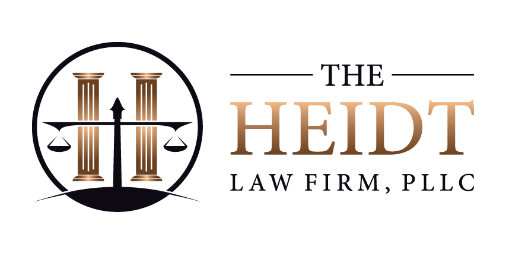Governance of public corporations continues to move in a more shareholder-centric direction. This is evidenced by the increasing corporate influence of shareholder engagement and activism, and shareholder proposals and votes. This trend is linked to the concentration of ownership in public and private pension funds and other institutional investors over the past 25 years and has gained support from various federal legislative and regulatory initiatives. Most recently, it has been driven by the rise in hedge fund activism.
It remains unclear whether, over the long term, greater shareholder influence will prove beneficial for shareholders, corporations, and the economy. In the near term, however, there is the reason to question whether shareholder influence is the panacea that some posted, or whether the current focus on shareholder value and investor protection is at the expense of other values that are central to the sustainability of healthy corporations.
These concerns underlie the issues that will define the state of governance in 2015 and likely beyond, including:
- The long-standing debate about the purpose of the corporation and governance roles.
- Tensions between achieving short-term returns and making a long-term investment.
- The impact of shareholder activism on board decisions.
- Shareholder litigation and the reactive use of corporate by-laws to protect boards.
- Concerns about proxy advisory power and influence.
- Drawing the line between board oversight and management.
- Rebuilding society’s trust in the corporation.
The Corporate Purpose and Governance Roles
The corporation is a legal construct that arose as a way to accumulate and devote capital to and share the risk for, large-scale entrepreneurial activities that would otherwise be difficult to fund. Shareholders bear the risk of their investment and receive the residual profit, expressed as an increase in share value or dividends. Therefore, the ability of the corporation to return long-term shareholder value is a key metric for assessing whether the corporation is effective and efficient in its activities.
Therefore, the ability of the corporation to return long-term shareholder value is a key metric for assessing whether the corporation is effective and efficient in its activities.
The purpose of the corporation has been a matter of debate since its formation. This debate centers on whether maximizing shareholder value is the ultimate goal of corporate activity or whether the goal is some other broader societal “good.” Where the balance between these interests is defined is relevant to how the corporation is regulated through state corporate law and federal securities regulation, and the role and responsibilities of and limits on shareholders and directors with respect to corporate decisions.
While investor protection is a primary goal of securities regulation, it cannot be viewed in isolation. As a regulatory goal, investor protection has value in that it provides positive value to capital formation and the long-term contributions of viable corporations to the economy. More intentional deliberation about the role of the corporation and its relationship to society is necessary for the dialogue over expanding shareholder influence, and also with respect to rebuilding societal trust in the corporation.
A closely related issue concerns the balance in governance roles and responsibilities between shareholders and boards. Two theories of corporate governance failures have emerged in the past 15 years. The first theory is that there is too little active and objective board involvement.
This theory is reflected in the Sarbanes-Oxley Act and its focus on:
- Improving board attention to financial reporting and compliance.
- Securities and Exchange Commission (SEC) rules and listing rules on independent audit committees and their function.
- Director and committee independence and function.
The second theory is that there is not enough accountability to shareholders. This concern is expressed by the focus of the Dodd-Frank Act, and related SEC rules and rule interpretations, on providing greater influence to shareholders through advisory say on pay votes and access to the proxy for shareholders to nominate director candidates.
Given federal law and regulations, listing rules, and other related influences, the question that emerges is whether these are altering the balance that state law intentionally provides between the roles of shareholders and the board, and if so, whether that shift is beneficial or detrimental.
State law places the management and direction of a corporation firmly in the hands of the board. This legal empowerment of the board and the implicit rejection of governance by shareholder referendum goes hand in hand with the limited liability afforded to shareholders.


